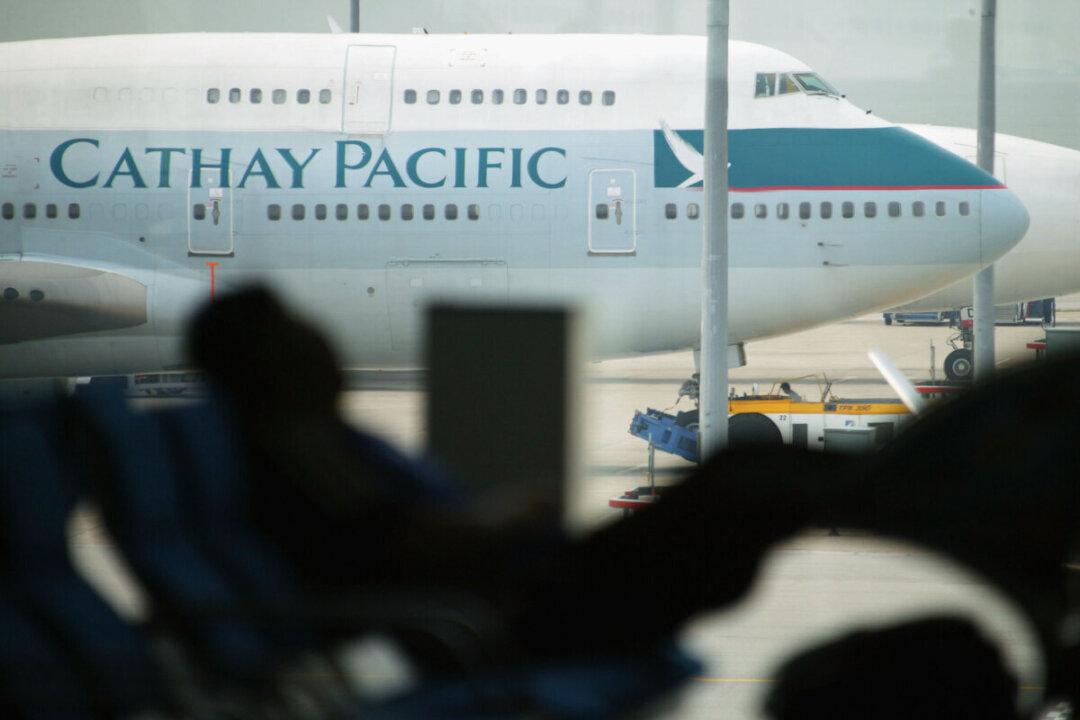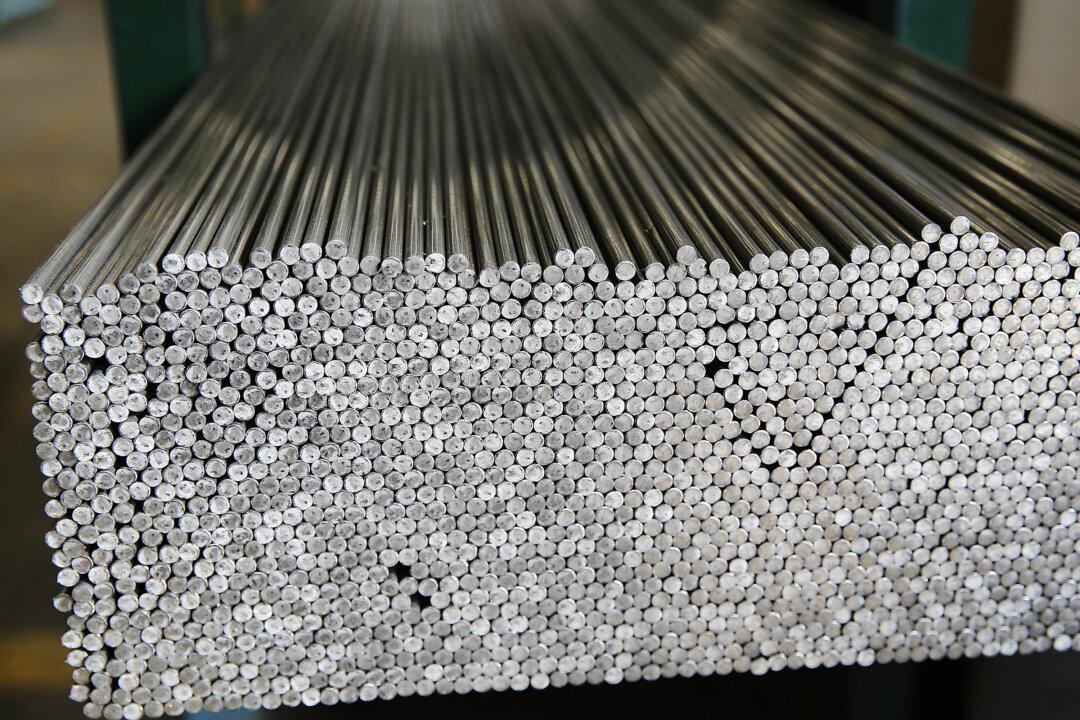Business lobby groups are urging the federal government to boost Australia’s competitiveness to ensure the country would reap the intended benefits from the recently announced Future Made in Australia Act.
The proposed legislation, aimed to boost domestic manufacturing and facilitate the transition to renewable energy, has already received positive feedback from several concerned sectors.




